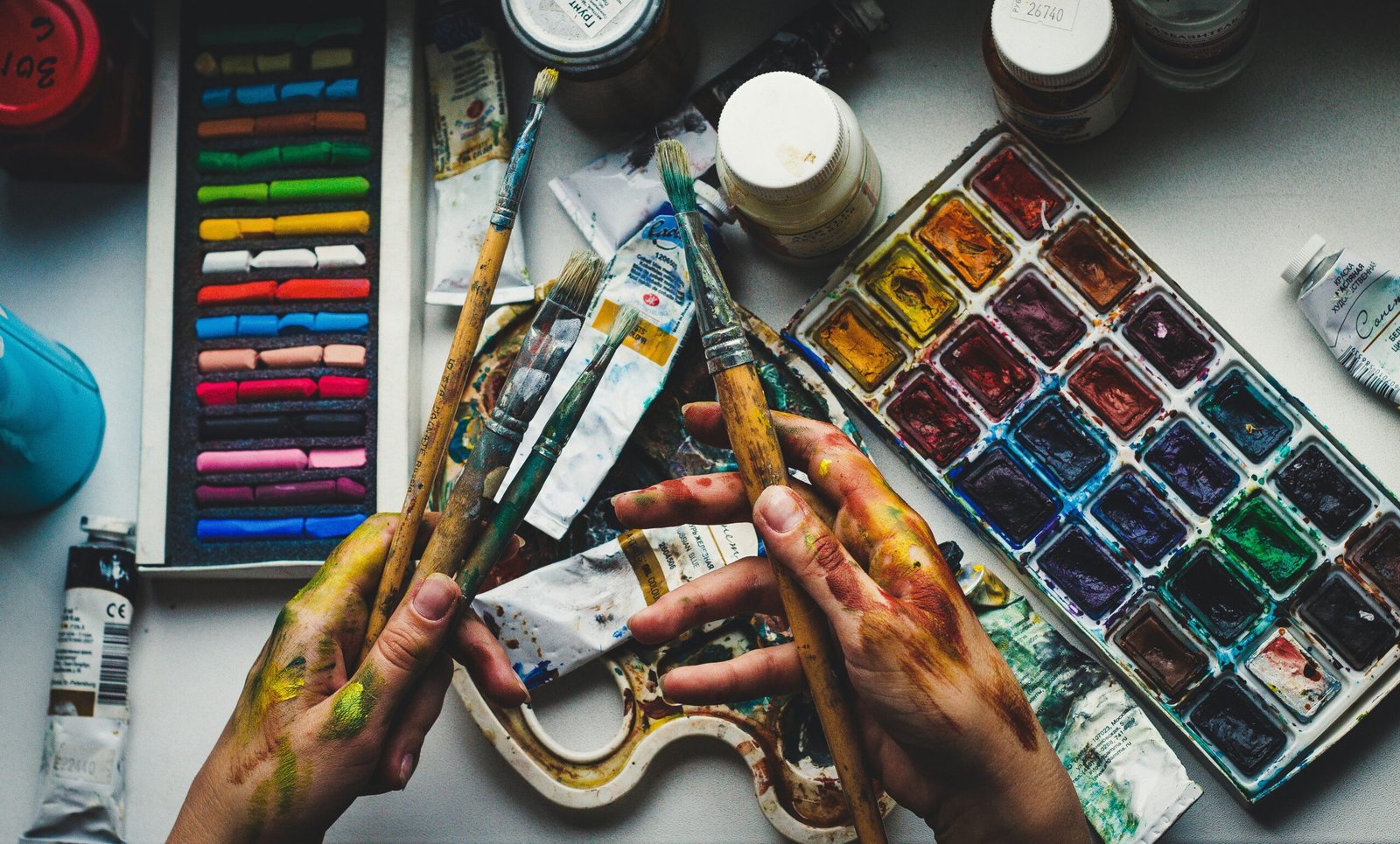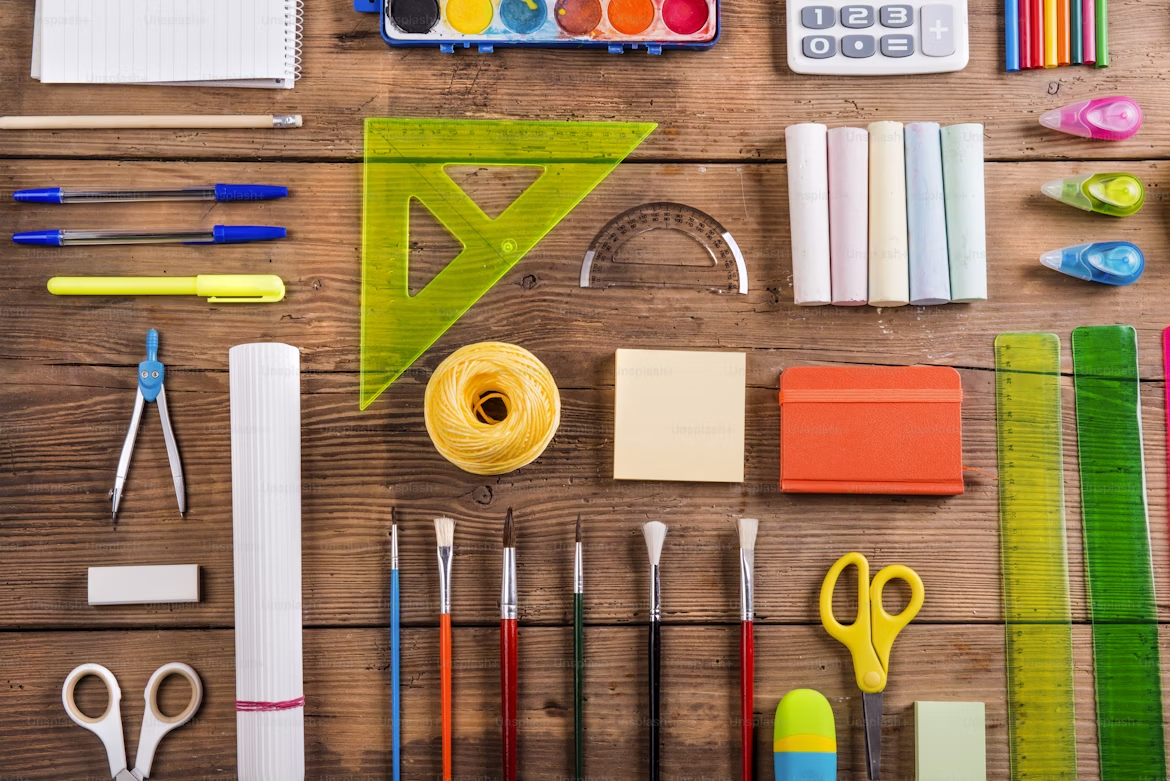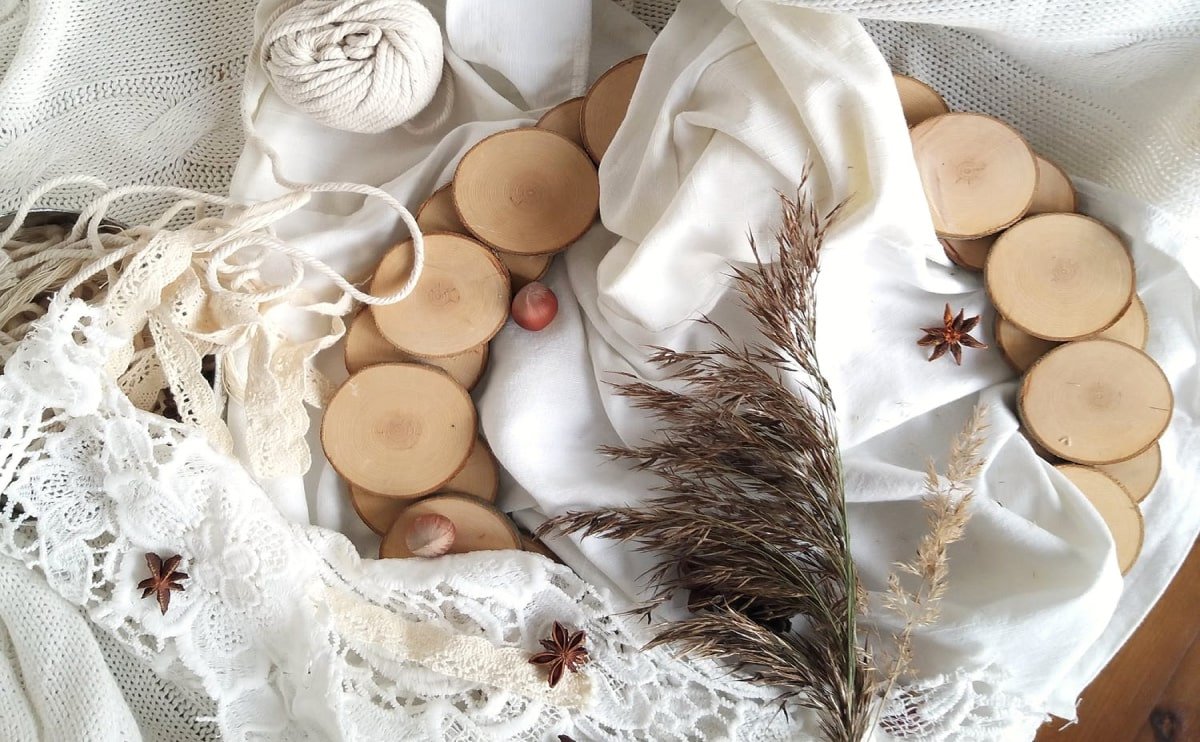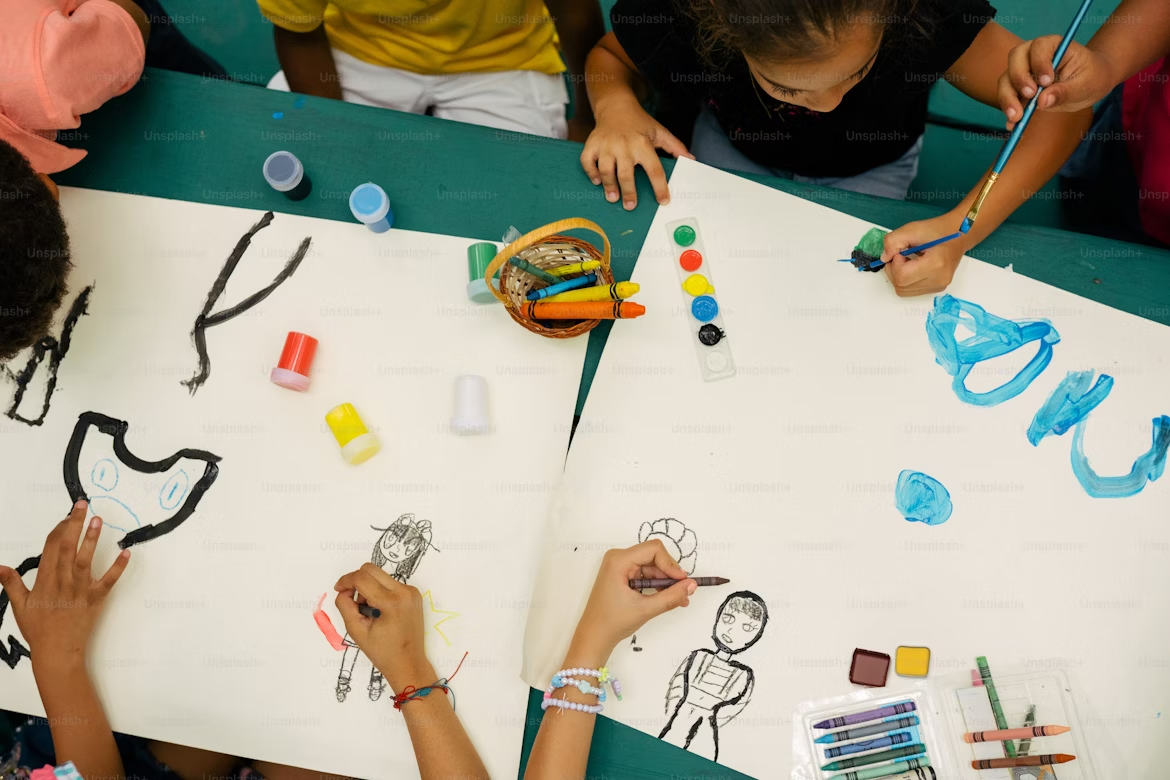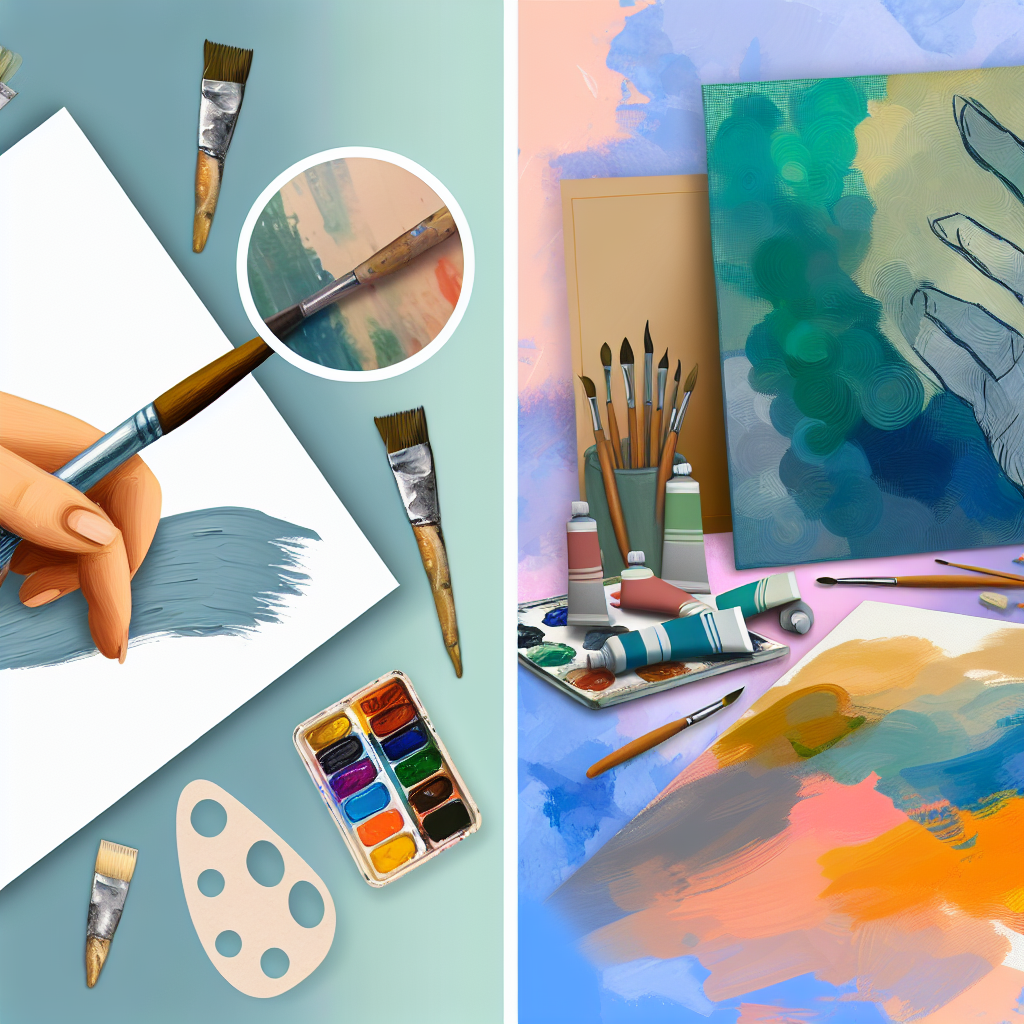Texture in artwork serves as a powerful visual and tactile cue that can profoundly affect how a piece is perceived. From the soft brush strokes of oil paints to the gritty texture of pastels, the medium you choose can transform not only the aesthetic but also the emotional resonance of your art. In this article, we explore various mediums and their unique ability to create texture.
The Importance of Texture in Art
Texture adds depth and dimension to your artwork, inviting viewers to engage both visually and physically. It can evoke emotions, draw attention to specific areas, and create a sense of movement or stillness. Here are a few reasons why texture is crucial in art:
- Adds Dimension: Texture can turn a flat canvas into a three-dimensional experience.
- Evokes Emotion: Different textures can provoke different feelings, from serenity to chaos.
- Enhances Visual Interest: Varied textures can captivate the viewer’s attention and keep them engaged.
Exploring Different Mediums
Choosing the right medium is essential for achieving the desired texture in your artwork. Here are some popular mediums and how they can affect texture:
1. Oil Paints
Oil paints are renowned for their rich texture and versatility. The slow drying time allows artists to create smooth blends and thick impastos, giving pieces a luxurious, tactile quality.
2. Acrylics
Acrylics dry quickly and can be used to achieve a variety of textures. By mixing with gels and mediums, artists can create everything from smooth, glass-like finishes to rough, sculptural surfaces.
3. Watercolors
While often seen as a soft medium, watercolors can create texture through techniques like wet-on-wet or salt application. The transparency of watercolors allows for layering that contributes to visual complexity.
4. Pastels
Pastels offer a unique chalky texture that can create vibrant, expressive works. The ability to layer and blend makes them ideal for achieving soft and hard textures alike.
5. Mixed Media
Mixed media combines various materials, allowing for innovative textural effects. Artists can incorporate elements like paper, fabric, and found objects, culminating in multifaceted works rich in texture.
Techniques for Enhancing Texture
Regardless of the medium, artists can utilize specific techniques to enhance texture:
- Layering: Building up layers of paint can create depth and complexity.
- Using Tools: Brushes, palette knives, and unconventional tools can add unique textures.
- Mixing Materials: Combining disparate mediums can yield unexpected textural results.
Conclusion
Texture is a fundamental aspect of artwork that can greatly influence its impact. By understanding how different mediums contribute to texture, artists can make informed choices that enhance their work. Whether you’re exploring oil paints, acrylics, or mixed media, diving deep into texture can elevate your artwork to new heights.

